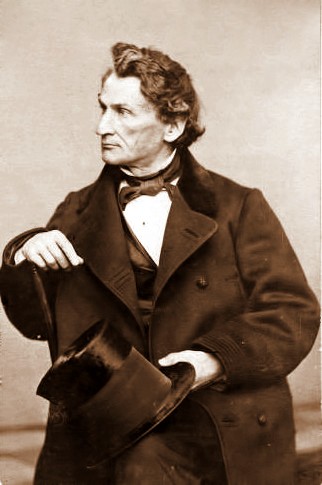School of Geology and Minerology – 1884-1885
With Geology now its own department, outlines of what a class should look like, and subject matter was described in the 43rd catalogue of the university, available through University Archives.
Mineralogy and Lithology classes were offered the first year to the senior year for geology students, with a course requirement for admission: Chemistry. Lectures described specimens of mineral and rocks and microscopes were used to look at structure of these rocks and minerals. Students paid $2-3 for a small collection of minerals, and the textbook used was “Dana’s Manual of Minerology," according to the catalogue.
Geology and paleontology classes were offered the second semester, senior year. To be eligible for admission, students must have completed a course in mineralogy, lithology, and zoology. The semester was divided in half, with study of physical and dynamical geology the first half, and paleontology and historic geology the second. Classroom techniques included lectures illustrated by charts, lantern projects and specimens, the catalogue stated. Students used the book “Le Conte’s Elements of Geology.”
Other coursework included physical and economic geology, geologic museum and field work, and physical geography. The Museum housed common minerals, rocks and fossils, and excursions in Columbia were done when “practical,” the catalogue stated.
The Museum was housed in the north half of Switzler Hall. It spanned 45X70 feet of the ground floor area, as well as four galleries – which made it “one large and magnificent room,” the catalogue stated. It was illuminated by 10 windows on each floor and a skylight that reached up to the length of the wall. Cases were not yet placed in the facility at this time, though there was room for 950 longitudinal feet of upright cases, 450 feet of continuous table cases around the wall and 490 feet of other cases around the wall. In the center, there was room for an additional 600 square feet of cases. Students using the Museum and lab work paid a deposit of $10, which was returned if no loss or damage.
Besides geological and mineralogical specimens, the Museum collection included: two amphioxus lancelets; a large collection of stone hatchets, arrowheads, and other Indian relics (Boone County); stone hatchets (near Rocheport); mounted specimen of Taipa; a large Cygnus (Swan), killed in Boone County; skin of a polar bear, and much more.
There was also a Natural History Museum located in “The University,” which housed a stuffed Asian Elephant named “the Emperor” from the Ringling Brothers Circus. The Emperor was acquired by President Laws for $1680 after it died of tetanus in Liberty, MO. Law was supposed to pay for the taxidermy bill for the elephant, but was unable to and sent the $1,100 invoice to the Board of Curators, who paid it with much conflict, according to an article written by Randy Mertens in 2013 called “A Whale of a Journey.” Laws resigned in 1889 as a result. The Natural History Museum also housed a whale jawbone, part of its collection.
